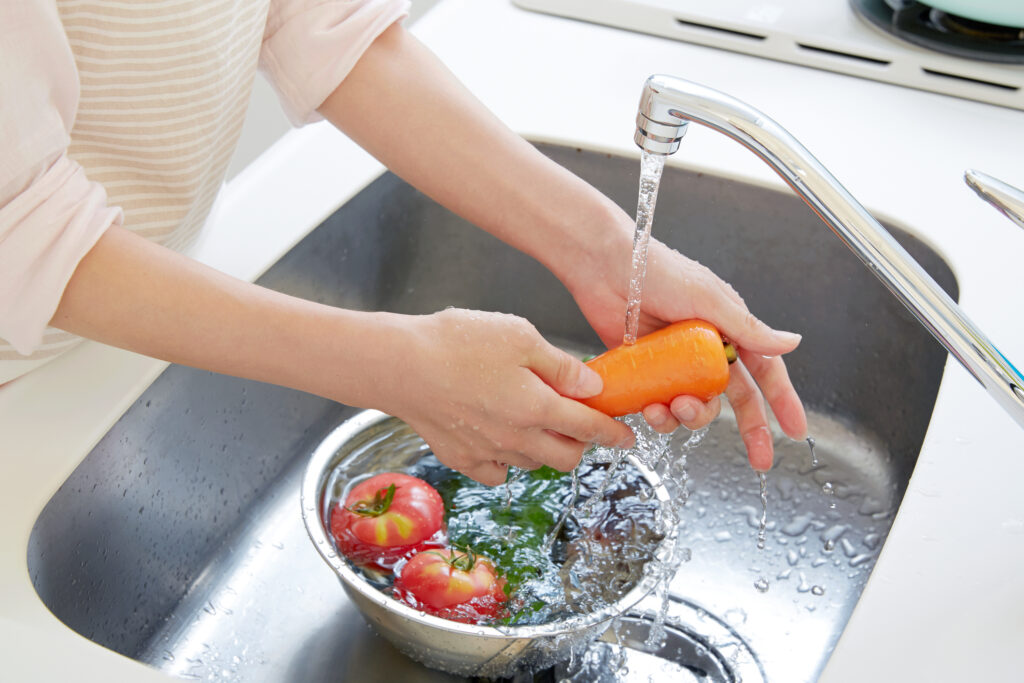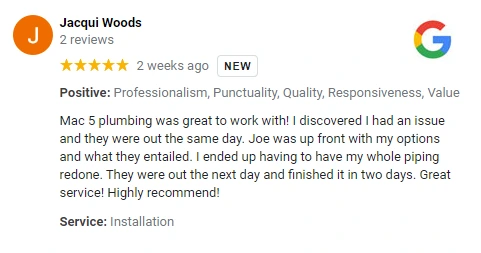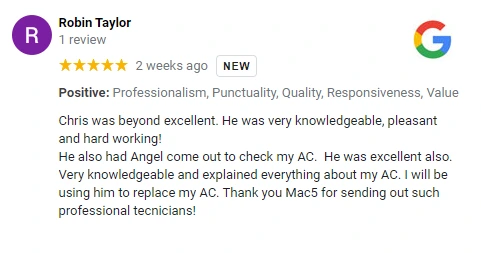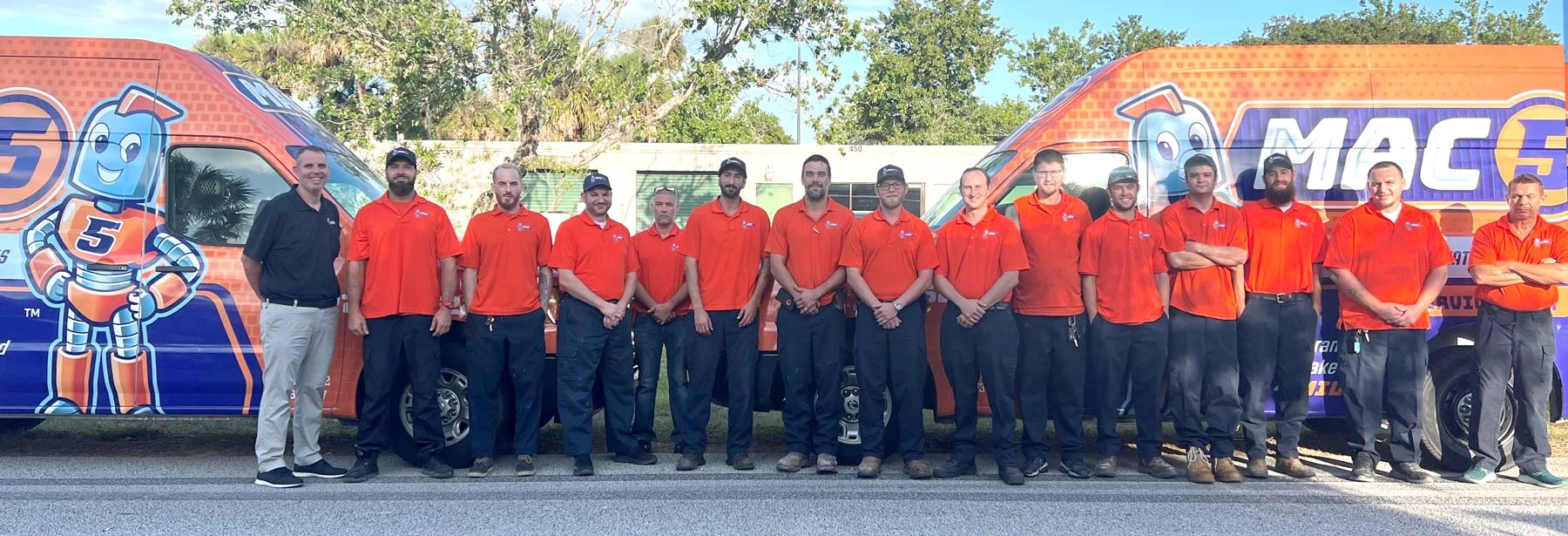
Has your kitchen sink suddenly stopped draining water? There must be something clogging the drain.
Things like food waste, coffee grounds, and mineral deposits can obstruct proper draining and cause water to sit still in your sink.
This situation can be exasperating — fortunately, there are ways you can remedy this problem before it gets out of hand. This article shows you the different ways you can unclog a kitchen sink drain.
Keep reading to learn more about each method.
How To Unclog Your Kitchen Sink Drain
Kitchen sinks are the most common to get clogged due to the amount of traffic they see every day. The next time your sink clogs, you can use any of these methods to resolve the issue.
Important: Make sure to wear a pair of rubber gloves while performing any of the following fixes.
Method #1: Using a Plunger
The first way you can unclog your kitchen sink is with the help of a plunger. Get one with a rubber cup and an even opening.
These plungers are designed for flat surfaces such as sinks and bathroom drains. It creates a vacuum in the sink drain and dislodges the clog, improving the water flow.
How do you unclog the kitchen sink using a plunger?
For this to work, you first need to fill the sink with hot water. Make sure to completely submerge the plunger’s cup before doing anything else.
The hot water helps the plunger create a suction on the sink drain, which is necessary to remove the clog.
Note: Use a clean plunger, not one that’s already been used on the toilet.
After pouring in the hot water:
- Position the plunger over the sink drain.
- Press down a little to create a tight seal in the sink’s drain.
- Start moving the plunger up and down following a steady rhythm.
- Keep doing this for about one to two minutes before releasing the vacuum.
- The sink should now drain itself of the standing water. If not, make two to three more repetitions of the same steps.
Important: For double sink drains, use a rag or rubber stopper to cover the drain that isn’t clogged.
Method #2: Using Boiling Water
A blast or two of boiling water is often enough to unclog a plugged drain. The boiling water can dissolve what’s obstructing the sink drain, such as food scraps, grease, or soap scum.
This method works best if the sink is empty of standing water. Nevertheless, you can still do it with the water present by following these steps:
How do you unclog the kitchen sink using boiling water?
- Remove as much standing water from your sink as possible. You can use a bucket to store the standing water while you empty the sink.
- Fill a big pot or kettle with water and bring it to a boil on your stove.
- Turn the stove off when the water comes to a boil. Pour the contents directly into the drain opening.
Important: Be careful when pouring boiling water down the drain. Do it slowly to avoid splashing hot water on yourself.
- Let the water sit in the drain for 10 to 20 minutes. If the water drains, you’ve succeeded in fixing your clogged kitchen sink drain. If it doesn’t unclog the drain, repeat the process a second and third time.
Note: Wait until the water cools to a safe temperature before removing it for the second time.
Method #3: Using Baking Soda & Vinegar
Chemical drain cleaners contain harmful ingredients that could hurt you and your family if handled incorrectly. When doing DIY home improvement projects, using a natural alternative is ideal.
You can create a great natural drain cleaner by mixing baking soda, white vinegar, and water. Depending on the severity of the clog, this mixture can remove food particles and other scum from your drain pipe.
How do you unclog the kitchen sink using baking soda and vinegar?
Mixing a cup of baking soda, white distilled vinegar, and boiling water together creates a mild acid that can dissolve clogs in the kitchen drain.
Here are the steps to follow:
- Empty the sink of stagnant water.
- Pour a cup of boiling water down the drain, followed by a cup of baking soda.
- Let the baking soda sit inside the drain for a few minutes.
- Pour another cup of boiling water down the drain, followed by a cup of white distilled vinegar.
- Let the mixture sit for at least an hour before proceeding to the next step.
- Use your plunger to create a vacuum inside the drain. Ensure that it’s properly aligned to keep the seal intact.
- Make an up-and-down motion using the plunger. Do this for a few minutes before removing the plunger to check for results.
If everything goes well, the sink should clear, and you can continue washing dishes without any trouble in the world. The clog is likely somewhere further down the kitchen sink pipes if it doesn’t work.
In that case, you can use the next methods to resolve the issue.
Method #4: Using a Drain Snake
Another way you can unclog your kitchen sink is by using a drain snake. Also called a “plumber’s snake,” this tool is used to dislodge hard clogs in plumbing.
If you have a garbage disposal, it will be difficult for the plumber’s snake to pass through the sink drain. In that case, you’ll have to go beneath your kitchen sink and work from there.
Under your kitchen sink are PVC pipes shaped like the letters P and U. The first one is called a P-trap, and the second is called a U-pipe.
Each part is responsible for preventing sewer gases from flowing back into your home. To use the drain snake, you’ll have to remove both parts to access the drain pipes easily.
How do you remove the P-trap?
To remove the P-trap, follow these steps:
- Identify the P-trap between the wall drain and the kitchen sink.
- Using a crescent wrench, loosen the two nuts connecting the P-trap to the sink drain and the U-pipe.
- Before removing the drain trap, ensure you have a bucket underneath the sink ready to catch the water that is likely to come out of the pipe.
- Once your bucket is secure, remove the P-trap. Have some paper towels ready to wipe the floor of dirty water.
- Set the bucket of dirty water aside to avoid toppling it over.
- Clean the drain trap with a soft brush and some water. Leave to dry.
In some cases, food can get trapped in the P-trap and obstruct proper water flow in the drains. The process of removing and cleaning it should improve the situation. However, you can still rely on the plumber’s snake if it doesn’t.
How do you unclog a kitchen sink using a drain snake?
Food scraps such as coffee grounds, banana peels, and starchy foods could be causing clogs further down the drain.
Before re-installing the drain trap, grab your plumber’s snake and use that to dislodge tougher and harder-to-reach clogs in the drain pipes.
Here’s how you can do that:
- Slide one end of the plumber’s snake into the wall drain.
- If you feel resistance or blockages along the way, give it a little push to dislodge the clogs.
- Sometimes, you may need to pull the clogs back up with the snake. If that happens, do this slowly to avoid dropping the clog back into the pipe.
- Once you’re confident about clearing all the clogs from the drain, retrieve your drain snake and re-install the P-trap to the kitchen sink.
- Run the faucet and see if the clog is still there. If it is, there’s one last thing you can do.
Method #5: Call a Professional
Sometimes, a clogged kitchen sink can be too much for a homeowner to handle. If you ever have a severely clogged drain and don’t know what to do, call a professional to help.
Certified plumbers are trained to provide high-quality services that resolve plumbing issues promptly and help prevent future clogs in your kitchen drains.
No need to worry about dirty dishes piling up on your kitchen counters. A team of professional plumbers can perform all the above methods — and more — to ensure your sink is fully functional by the end of their visit.
Get Professional Drain Cleaning Services
Mac 5 Services prides itself on its high-quality yet affordable services. With years of industry experience, you can trust our workers to take care of your plumbing problems, no matter how big or small they may be.
Our technicians have had extensive training and preparation to ensure they have the right skills to handle professional plumbing equipment and tools. Whether you need camera inspection or hydro jetting services, we’ll know exactly what to do to ensure everything goes according to plan.
Permanently prevent clogs with the help of Mac 5 Services. Call (321) 244-7500 today to learn more about our services and programs.




No Comments yet!